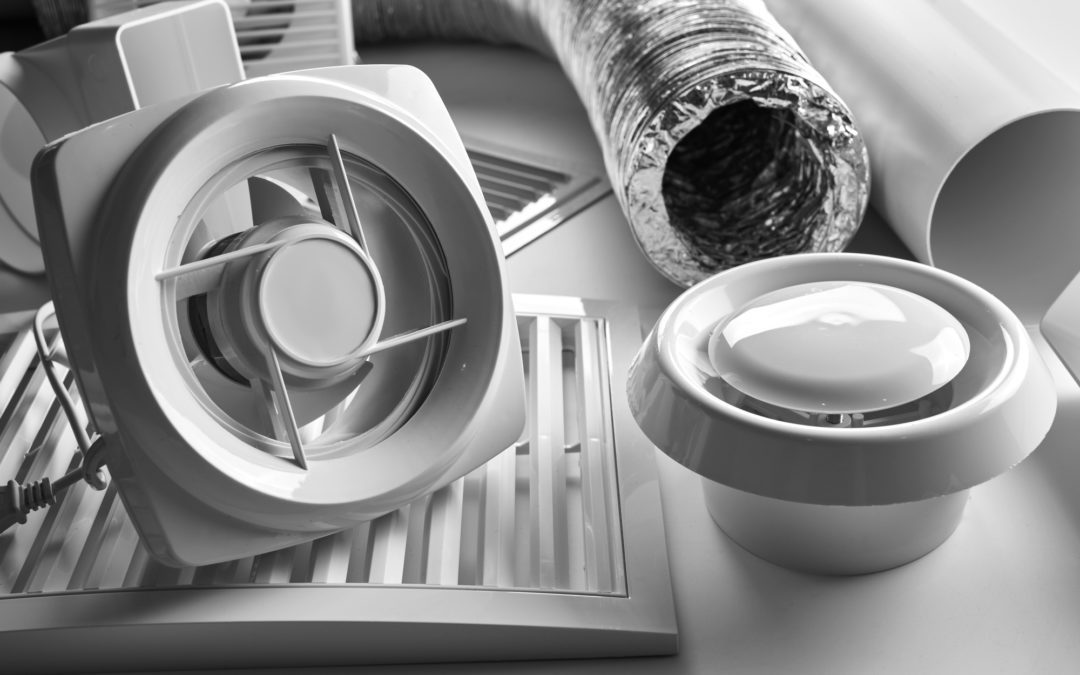How much do you know about how your air conditioner works? For many people, their knowledge ends at the thermostat on the wall. They adjust the temperature, machinery turns on, and the house gets cooler. However, understanding how your AC system components work together to cool your home is valuable knowledge. Not only is it interesting, but when something goes wrong, you may be able to pinpoint the issue, helping professional HVAC maintenance providers diagnose and correct your issue more quickly and more easily. Here’s what you should know.
The AC System Components to Know
Although there are many more individual AC system components than just those listed here, we’ll look at the most critical parts that play a direct role in the cooling cycle that lets you enjoy comfort all year round. Several essential parts inside the system plus elements also play supporting roles you shouldn’t overlook.
1. The Compressor
The entire process starts with your compressor, which sits inside the outdoor part of your AC unit. The compressor takes the refrigerant in your system, which at this stage exists as a warm vapor, and uses special equipment to compress the gas down into a smaller volume. Think back to high school physics class, and you’ll recall that an increase in pressure correlates to an increase in temperature. The compressor, therefore, transforms the refrigerant into a hotter liquid. This hot refrigerant then passes to the condensing coil.
2. The Condenser Coil and Condenser Fan
Also found in your outdoor unit, the condenser’s job is to take that hot vapor and turn it into a liquid. To do so, the refrigerant cycles through the condensing coil while a large fan blows air over the coil. The heat from the refrigerant passes through the condensing coils and escapes into the ambient environment, lowering the temperature of the refrigerant enough for it to be ready for the next stage.
3. The Expansion Valve
Hot refrigerant won’t help you much, even in its liquid form. All that heat content means it won’t be able to engage in latent heat exchanges inside your home. As a result, refrigerant hits an “expansion valve” as it leaves the condensing coil. When the liquid hits the valve and exits through it, the pressure on the liquid drops dramatically. The result: the liquid rapidly expands, and the reverse of the previous process happens. As pressure drops, so too does the temperature. The refrigerant is now a cold gas.
4. The Evaporator Coil and Blower Fan
Here’s where the magic happens. Typically made of highly conductive metal such as aluminum, the evaporator coil sits inside the air handling unit or the “indoor unit.” Cold refrigerant gas flows through this coil, sucking latent heat and humidity out of the air as it does so and turning the gas into a warm vapor again. Meanwhile, a blower fan near the coil forces the now-cold air through the ductwork to drop your home’s temperature. Afterward, the warm vapor returns to the outdoor unit and the compressor to start the cycle again.
5. The Air Filter
An air filter is an essential component of an effective AC system, even if it doesn’t have a direct hand in the cooling cycle described above. It has a two-fold goal: to help safeguard your space’s indoor air quality and protect the evaporator coil from dust. If too much dust builds up on the coils over time due to poor filter maintenance, it can reduce the efficiency of your system. That drives up the cost of cooling your home and makes your system work unnecessarily hard.
6. The Thermostat
Finally, of course, there is the thermostat — the brains behind the operation. Without the thermostat, your system would never know when to turn on or off. Old thermostats used various methods for sensing when to turn on the air conditioner, including switches with dangerous mercury or old-fashioned bimetallic strips. Many still rely on the latter technique, but today, smart thermostats have changed the game with a wide array of sensors and the capability to create custom cooling schedules based on your habits.
Maintaining Your AC System Components Matters
Although the physics behind the cooling cycle is basic, the engineering that went into making your system work efficiently and effectively was not. As a result, regular maintenance is essential for keeping your energy bills down and your home cool. That means it’s vital to know who to contact for help maintaining or fixing broken AC system components before you ever need assistance. No one wants to spend days sweating in the summer heat. Next time you hear your AC turn on, think about the process that’s happening behind the scenes — and remember to stay on top of your filter changes.

